What is internal rotation of arms in yoga?
Arm yoga Rotations
Benefits:
Comprehensively stretch the arm joints, exercise arm muscles, and enhance the aesthetics of the arms.
Improve the arm stretching movements in yoga poses and avoid straining the arms.
Steps:
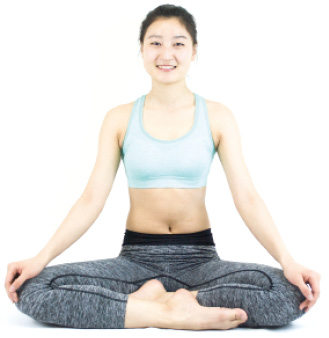
Sit in a comfortable position, gaze forward, and regulate your breathing.
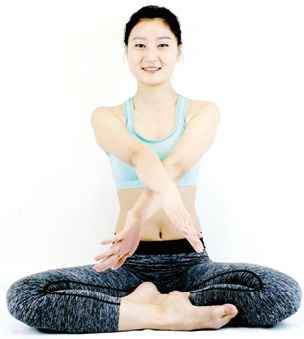
Inhale, lift your hands off your knees, and cross your arms in front of your body, with the left hand below and the right hand on top.
Repeat 3 times.
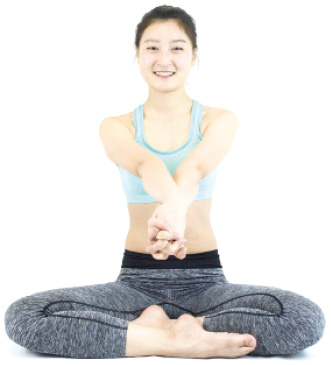
Inhale, interlace your fingers together.
Note:
Keep your back straight during the practice, and rotate your arms to a comfortable extent without overexertion.
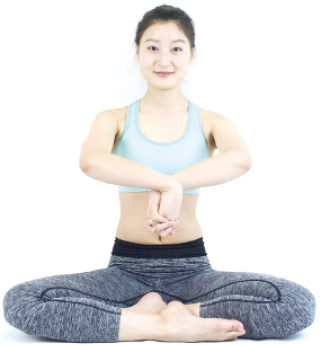
Exhale, keeping your hands interlaced, slowly lower your wrists and elbows down, allowing the shoulders to naturally sink.
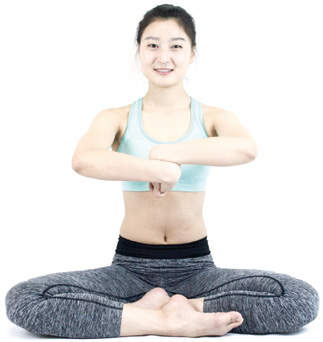
Inhale again, with the clasped hands and forearms taking the farthest path towards the body.
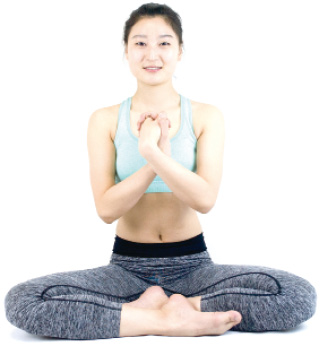
Exhale, continue rotating both arms outward until they are extended straight in front of you, holding the pose for 20 seconds. Then release your hands and gently shake or knead your arms.
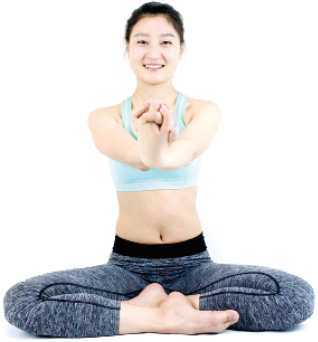
Note:
Maintain a straight back while rotating the elbows.
These arm yoga rotations provide a beneficial stretch for your arm joints and muscles, helping you execute arm movements in yoga poses more effectively and reducing the risk of arm injuries. Remember to practice mindfully and listen to your body's comfort level during the exercises.
In yoga, internal rotation of the arms refers to the movement of turning the upper arms or shoulders inward towards the centerline of the body. This action involves rotating the hands and forearms inward, bringing the palms to face each other or towards the back of the body.
Internal rotation of the arms is commonly used in various yoga poses to create stability, alignment, and engagement in the upper body. It is often employed in poses like:
Chaturanga Dandasana (Four-Limbed Staff Pose): In this pose, as you lower down from Plank Pose, the upper arms are hugged close to the sides of the body, and the elbows point backward, indicating internal rotation of the arms.
Warrior II (Virabhadrasana II): The front arm in Warrior II is externally rotated, while the back arm is internally rotated, with the palm facing the back of the mat.
Prasarita Padottanasana (Wide-Legged Forward Bend): In this pose, when clasping the hands behind the back and folding forward, the shoulders internally rotate to facilitate the binding of the hands.
Gomukhasana (Cow Face Pose): In this seated pose, one arm reaches up overhead while the other arm extends behind the back. The arm that extends behind the back internally rotates to bring the palm towards the mid-back, allowing the hands to clasp behind.
Internal rotation of the arms is essential for proper alignment in certain yoga poses and can help create a balanced and stable foundation for the upper body. It also helps open the chest and shoulders while engaging the muscles of the arms, shoulders, and upper back. Practicing internal rotation mindfully can improve flexibility, strength, and overall body awareness in yoga.
Please indicate the address of this article for reprint https://www.sportshealthprogram.com/learn-yoga/202307732.html





















